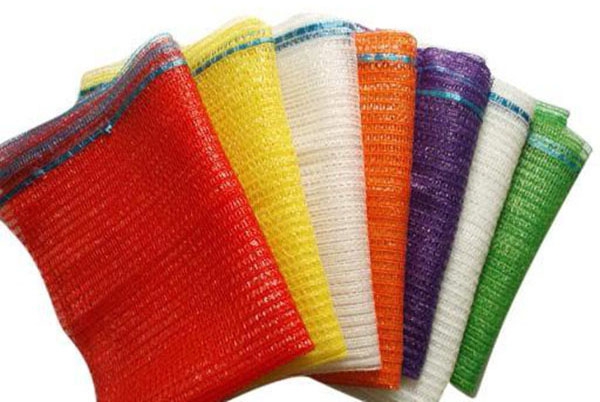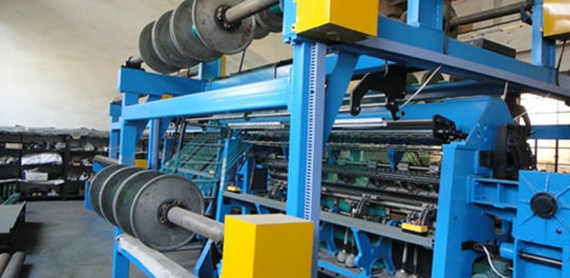Vegetable mesh has become an indispensable tool for storing, transporting, moving vegetables and fruits. Most often you can see potatoes, onions, carrots, cabbage and beets in vegetable nets.

Nets have gained popularity due to their high breathability and durability.
During the storage of vegetables, air permeability plays one of the main roles, providing good ventilation of the product and preventing its premature spoilage.
Also, the grid allows the buyer to see the purchased product and evaluate its quality. Various vegetable nets are designed for loads from 1.5 to 50 kilograms.
Equipment for the production of vegetable nets must be selected based on the required volume of finished products at the output. Depending on the chosen performance, the cost will also change significantly. The choice of the country of manufacture of the required equipment will also have a great influence on the price.
The production of vegetable nets consists of several stages - from the preparation of raw materials to packaging of finished products.
Raw material preparation
The easiest way to obtain raw materials is to purchase finished HDPE granules. If it is possible to organize the process of collecting plastic waste and delivering it to production, then an industrial shredder will make it possible to turn any plastic material into small crumbs suitable for further processing. The starting material is plastic bottles, boxes, lids, bags, packaging from household and industrial goods.
The resulting starting material is fed to the mixer for further dosing and mixing of the dye.
Threading and winding on bobbins

A thread is made for vegetable nets on an extruder. The technological process includes the steps of producing a continuous film, stretching it and dissolving it into thin threads of a given width. Directly behind the extruder is a machine for winding the resulting filament onto bobbins. On it there is an automatic winding for further use in the weaving process.
Vegetable Mesh Machine
On both sides of loom bobbins with wound flat thread are located. In the process, two separate webs are made, which are later intertwined on one side to obtain the bottom of the mesh. In addition, they are intertwined in predetermined places for the formation of side seams of the mesh, and a tie-string is interwoven. The speed of the process is regulated depending on the needs of production. After the manufacture of the vegetable net cloth, it is automatically rolled up.
Cutting the canvas into finished products
Mesh cutting is done manually using thermal knives. The operator places the roll on specially mounted tables with automatic unwinding and stretching of the canvas, where he cuts it into separate grids.
Finished Product Packaging
Sliced vegetable nets are stacked in even stacks and transported to a hydraulic packer. After the pressing process, they are packed in special paper and compressed with screeds for further transportation.

It is worth noting that equipment for the production of vegetable mesh should be placed in a specially prepared production room with an area of 500 to 1000 m2. At the production, a water supply should be organized for continuous operation of the extruder and uninterrupted ventilation should be ensured. Also, the production room must fully comply with sanitary and fire standards. Permits for opening production are issued on the basis of a project carried out by a competent design organization.
